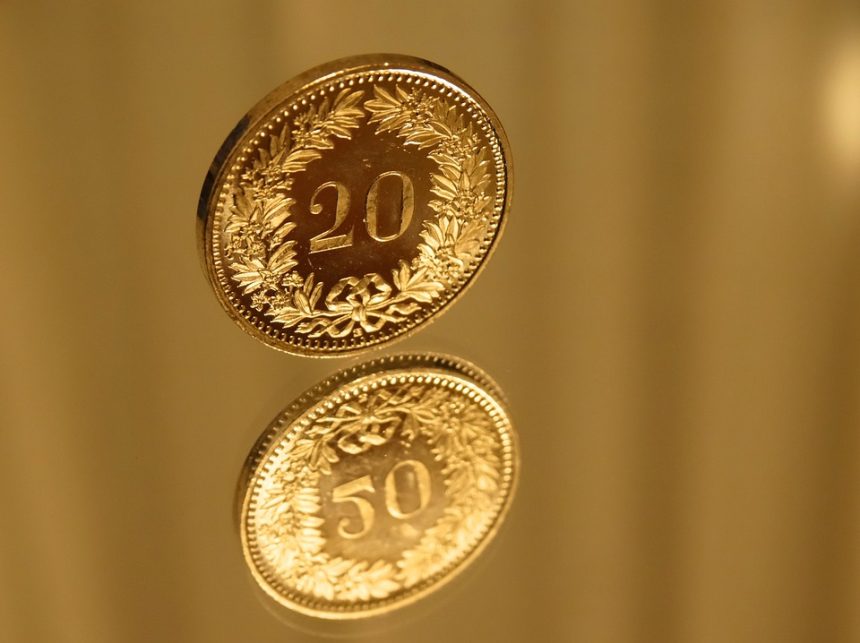In the past few years, non-fungible tokens (NFTs) have exploded into public consciousness, transforming how we perceive ownership and value in the digital realm. While many artists have embraced NFTs, creating unique digital artworks that command eye-popping prices, a different genre has emerged: NFT parodies. These creative yet often absurd iterations of the NFT space raise important questions about the nature of art, commerce, and the often surreal landscape of the blockchain.
The Rise of NFT Parodies
NFTs were first thrust into the limelight with high-profile sales like Beeple’s "Everydays: The First 5000 Days," which sold for a staggering $69 million at Christie’s. However, along with the genuine artistic endeavors were waves of parody and satire, capturing the deflationary absurdities of the NFT marketplace. Created intentionally to mock, critique, or simply amuse, these parody NFTs have emerged as a sub-genre that often elicits both laughter and contemplation.
For instance, titles like "Disaster Girl" and "Nyan Cat" encapsulate memes and internet culture. Many of these works poke fun at the inflated prices and speculations of the NFT market, transforming cultural icons into tradable assets while simultaneously providing a commentary on the fleeting nature of internet fame. Some artists even create parodies of infamous NFTs themselves, such as “The NFT that sold for millions is now a meme,” encouraging us to question the longevity and value of digital assets.
The Absurdity of Ownership
One of the key discussions surrounding NFTs is the concept of ownership. When a digital artist sells an NFT, they are essentially selling a certificate of authenticity for a digital file. But in many cases, the actual content can be easily replicated, leading to the question: What exactly is one purchasing? Parody NFTs take this conundrum to another level, acting as a commentary on the absurdity of owning something that can be duplicated at no cost.
These NFTs often blur the lines between artistic expression and sheer nonsense. Some parody artworks are intentionally designed to look crude or simplistic, mocking the polished, highly curated aesthetics that dominate the NFT market. By doing so, these artists are questioning the inherent value society places on art and urging viewers to redefine what it means to own something in the digital age.
A Social Commentary
NFT parodies are not just frivolous jokes; they serve as crucial social commentary on the phenomena surrounding digital ownership and the blockchain ecosystem. They highlight an essential truth: the NFT market is as much about cultural narratives and social engagement as it is about investment and speculation. These parodies can be seen as a form of resistance against the commercialization of art, where an artist’s reputation and skill seem to take a backseat to market trends and financial gains.
In a world increasingly driven by attention economy, parody NFTs remind us of the absurdities and contradictions inherent in today’s art market. They poke fun at certain artists who commodify their work for profit, juxtaposing the concept of artistic integrity against the allure of monetary gain. Amongst the heaps of visual noise in the NFT marketplace, these satirical pieces often provoke deeper contemplation around what constitutes true artistic value in the digital era.
The Future of NFT Parodies
As the NFT craze matures, parody artworks may evolve into more complex social critiques that resonate with a wider audience. This genre may continue to attract artists looking to carve out their commentary within what can sometimes feel like an unrestrained digital marketplace. With projects like “Bored Ape Yacht Club” sometimes losing sight of artistic intention amid commercial hype, the space for parody becomes even more critical.
Moreover, the very nature of blockchain technology, characterized by transparency and permanence, lends itself to a fertile ground for parody. In a space where value can be assigned to absurdity as easily as to profound artistic merit, parody NFTs can often survive on sheer creativity alone.
Conclusion
Whether viewed as mere jokes or profound artistic statements, NFT parodies encapsulate the absurdity of the current digital landscape. They challenge perceptions of ownership and value, spark conversation, and invite us to reflect on our relationship with both digital art and the marketplace that surrounds it. As the NFT space continues to evolve, it is clear that parody, rather than fading into obscurity, will likely become an indelible aspect of this quiet revolution in the art world. The question, then, may not be whether these artworks are “art” or a “joke” but rather how they contribute to an ongoing dialogue that is as entertaining as it is enlightening.






